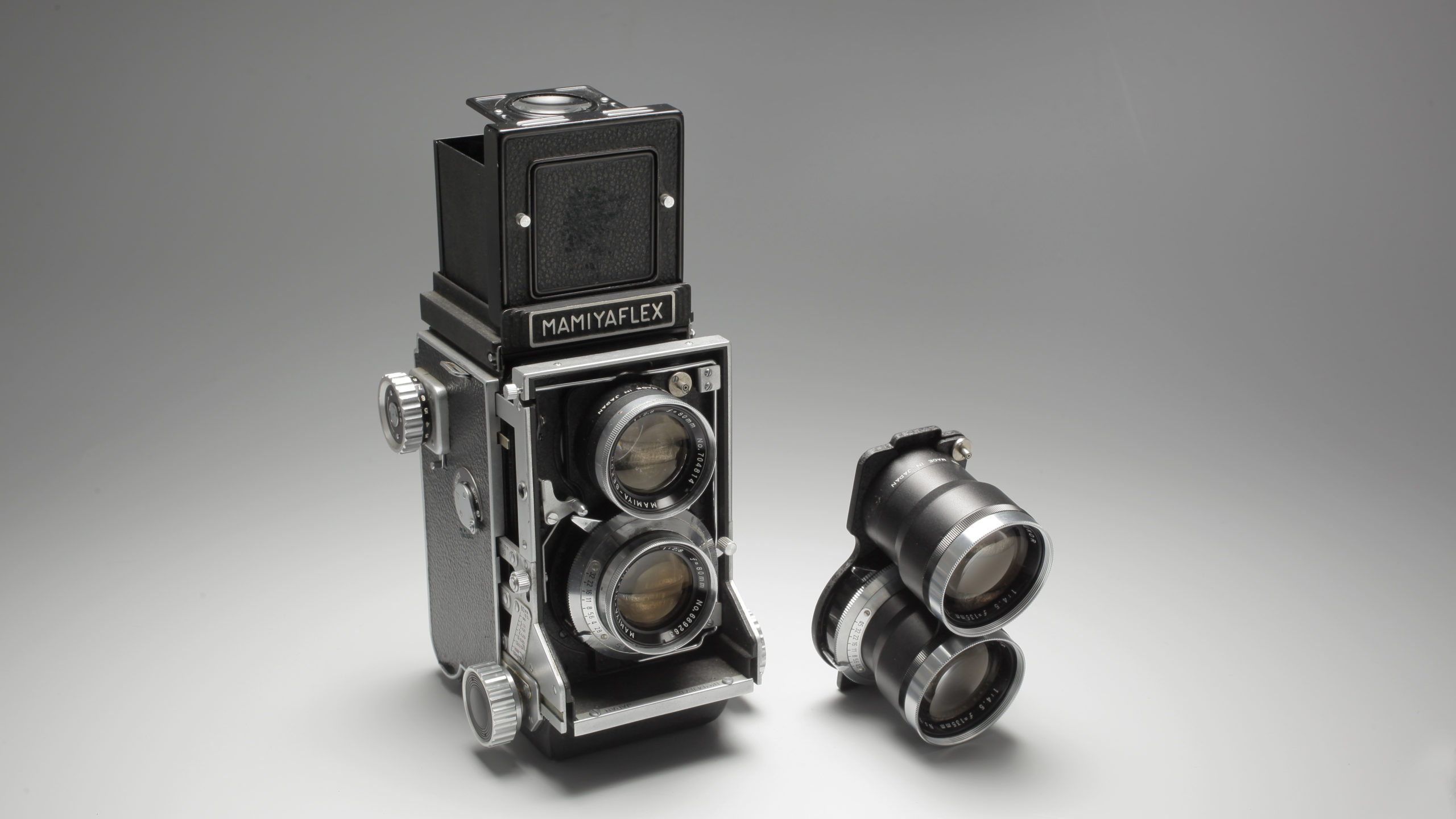Japanese cameras
Production in the land of the rising sun began in the 1930s, and grew after the Second World War until it eventually dominated the photography market from the mid-1960s onwards.
In 1930 in Tokyo, three men decided to build a camera similar to the Leica, but which would be affordable for Japanese people. Goro Yoshida, Saburo Uchida and Takeo Maeda created the company which would later become Canon, and sold their first camera in 1936.
After the war, occupied Japan was forced to convert its industry to civilian purposes. One of the activities it chose was the production of photographic cameras. One of these corporations was Nippon Kogaku, which would later become Nikon, and which released its first camera in 1948. A long line of 35mm cameras followed, whose reputation speaks for itself.
Western photographers first saw these cameras in the hands of their Japanese counterparts during the Korean War. Japanese cameras, which were innovative, of excellent quality and sold at incredibly low prices, soon exploded onto the global photography equipment market.


